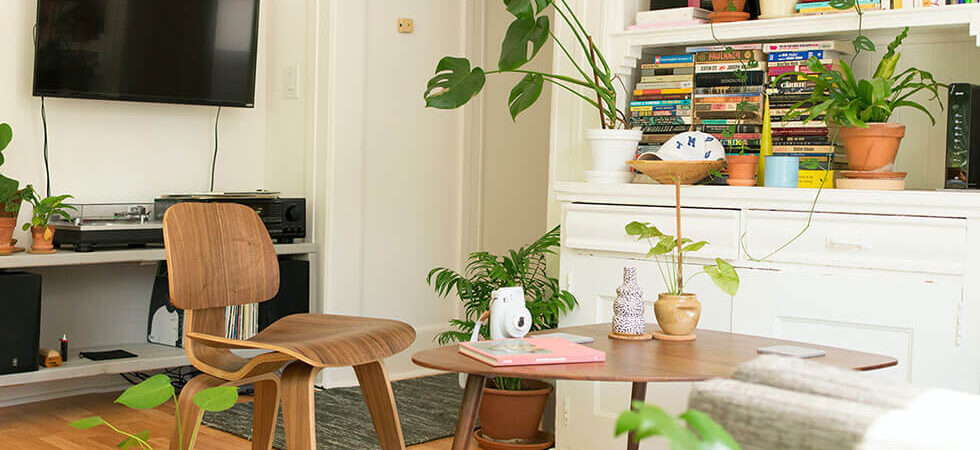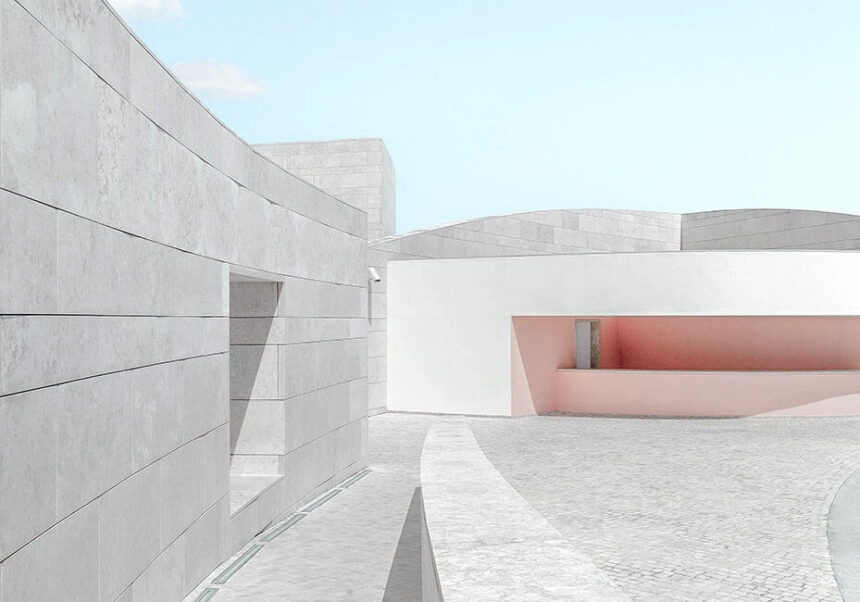High-impact glamour, elaborate motifs, geometric silhouettes, rich colors, and nostalgic drama all come to life in Art Deco architecture and design. First emerging in Europe in the 1920s, this movement was born out of a desire to reflect notions of progress and modernity while also beautifying the mundane and mass-produced. And since Art Deco thrived between the two major world wars, it reflects the historical ups and downs of the period, from the opulent speakeasies of the prohibition era to the industrial scraps of repurposed metal that became necessary during the major depression. And today designers are breathing new life into this Old World style.

Describe your design approach and philosophy.
With their minimalist cabinetry, neutral color palettes, and metallic accents, these contemporary kitchens have a subtle elegance that will never go out of style. They blend aspects of modern design with other styles, including traditional and industrial, for a look that’s current and sleek, but not sterile.
Bright and White

Situated within the Summit, a gated community off of Mulholland Drive in Los Angeles, the location’s sweeping valley views on one side and Franklin Canyon Park on the other, convinced the duo to take the plunge in 2018. “On a clear day you can see right to the ocean,” Gnatovich says. “Driving on the road at sunset is arguably the most beautiful drive in Los Angeles. It’s always nice to come home. It feels removed from the city without compromising on accessibility.”
It is often the love, care and thoughtfulness that goes into the making of an object, that in the end, becomes the rewarding thing about the piece.
Rosalina D. William
Founder
The great room is divided into living and dining areas, with a floor-to-ceiling curtain wall running the perimeter. The neutral palette gives way to sweeping city views. Velvet and fur textiles interplay with a set of bold steel coffee tables. Photography by Mr. Jackson.
The dramatic, voluminous entry, which was simply (and solely) furnished with a sculptural table, is Rennalls’s favorite part of the project. “The boxy exterior of the house contrasts with this winding curvy stairway,” she says. “We eliminated the base molding that is in the rest of the house and kept a simple reveal. We wanted the eye to just focus on the curve of line from the railing.”

